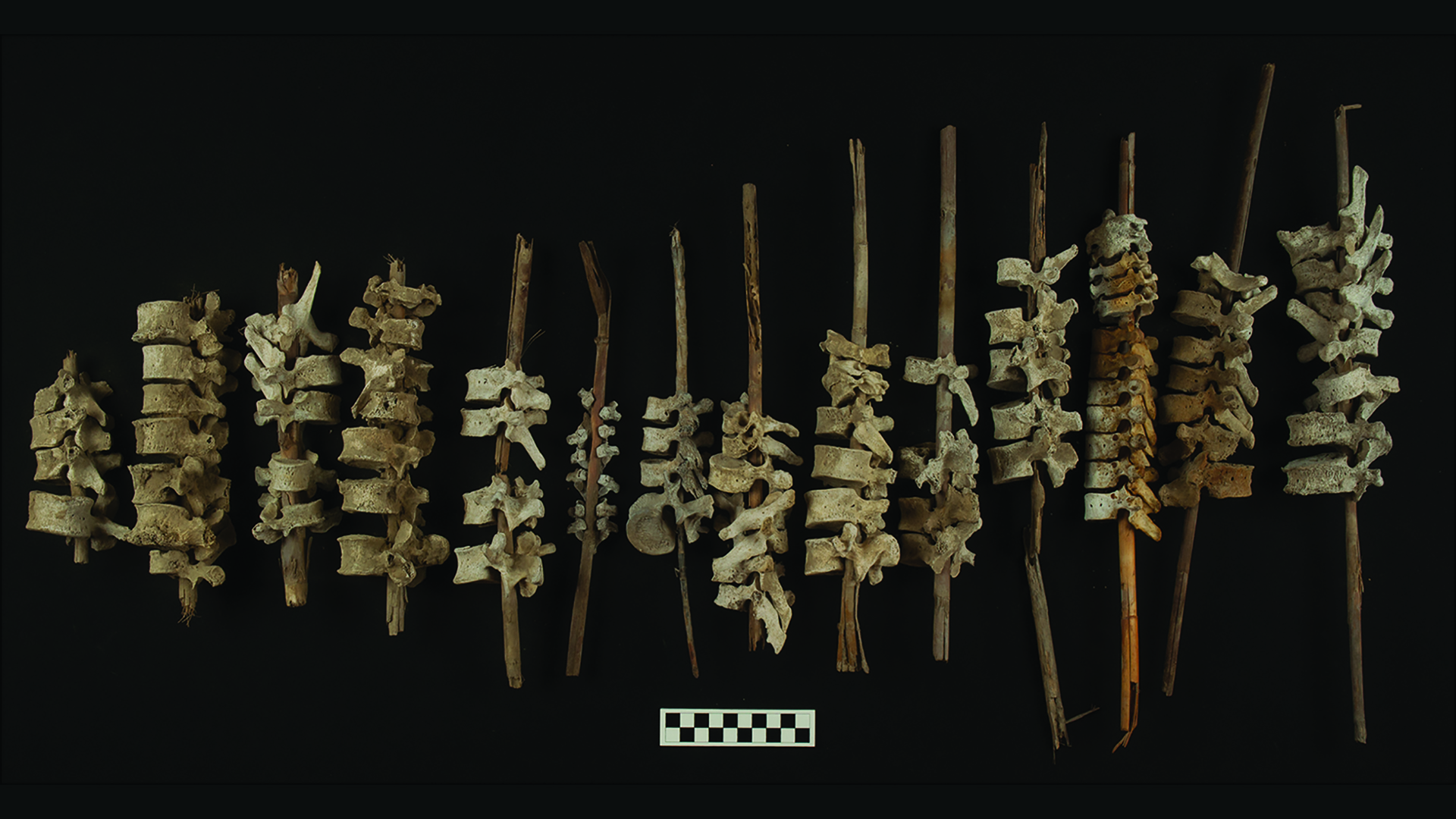By James Wong

Michelle D’urbano
WHAT with everything that has happened this year, I have found myself at home watching the box more often than usual. That was especially true recently when I was laid up in bed for three weeks with covid-19. I spent my time largely watching my favourite genre of film: science fiction. This has made me realise how surprisingly often my main passion – plants – plays a vital role in the plot of such films. And so, as 2021 draws to an end, I offer you my essential analysis of the botanical accuracy of a selection of sci-fi films.
Sometimes, the …
Note: This article have been indexed to our site. We do not claim legitimacy, ownership or copyright of any of the content above. To see the article at original source Click Here











